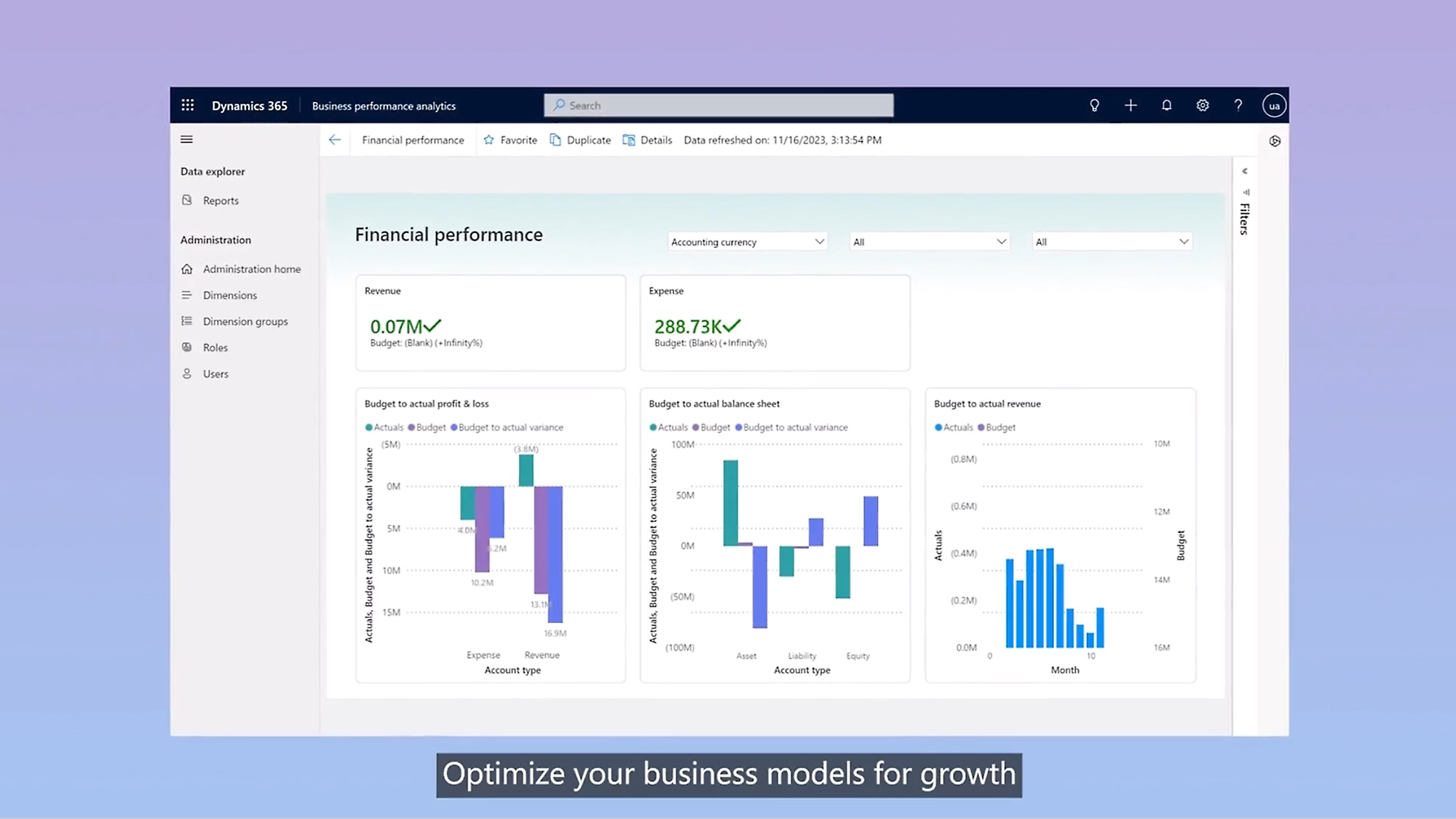SAP calculations enable builders, developers, and homeowners to assess the energy efficiency of a building and implement measures to enhance its performance. Understanding these calculations is crucial for ensuring compliance with building regulations, reducing running costs, and supporting environmental sustainability.
In this article, we will explore what SAP calculations are, why they matter, and how they are used to improve a building’s energy performance.
What Are SAP Calculations?
SAP calculations are part of the Standard Assessment Procedure, a method used to calculate the energy efficiency of residential properties. The process assesses how efficiently a building uses energy for heating, hot water, lighting, and ventilation. The SAP calculation involves various factors such as the building’s construction, insulation, heating system, ventilation, and renewable energy systems. It also considers the overall property energy consumption.
The result of the SAP calculation is usually presented as an Energy Performance Certificate (EPC), which rates the energy efficiency of the building on a scale from A (most efficient) to G (least efficient). Properties with higher ratings are more energy-efficient, reducing energy costs and environmental impact.
Key Factors in SAP Calculations
Several factors contribute to the final SAP score. These include:
- Thermal Insulation: This refers to how well the building retains heat. The insulation in walls, roofs, windows, and doors plays a significant role in reducing heat loss.
- Heating System: The type and efficiency of the heating system used in the building are crucial. More energy-efficient systems, such as condensing boilers or renewable heating systems, can significantly improve the SAP rating.
- Ventilation: Efficient ventilation is key to maintaining good indoor air quality without excessive energy use. Systems like Mechanical Ventilation with Heat Recovery (MVHR) can improve energy efficiency.
- Renewable Energy: Incorporating renewable energy sources like solar panels, wind turbines, or heat pumps can positively impact the SAP rating by reducing reliance on traditional, energy-intensive systems.
- Lighting: Energy-efficient lighting, such as LED bulbs or energy-saving fixtures, is also factored into SAP calculations.
- Energy Consumption for Heating, Hot Water, and Lighting: The total energy consumption for heating, hot water, and lighting is a central component of the calculation.
Why Are SAP Calculations Important?
SAP calculations play a critical role in ensuring that buildings meet the required energy performance standards in the UK. These assessments are essential for many reasons, from regulatory compliance to improving energy efficiency and reducing costs. Below are some key benefits of SAP calculations:
- Regulatory Compliance: In the UK, all new homes and major renovations must meet minimum energy efficiency standards in the building regulations. SAP calculations ensure that buildings comply with these regulations by assessing their energy performance. Without a satisfactory SAP rating, a building cannot be legally occupied or sold.
- Energy Efficiency: SAP provides an in-depth analysis of how much energy a building consumes for heating, hot water, lighting, and other factors. By identifying areas for improvement, SAP helps property owners make informed decisions about improving energy efficiency, which can lead to long-term savings on energy bills.
- Cost Savings: A higher SAP score typically correlates with reduced energy costs. By improving a building’s energy efficiency through better insulation, efficient heating systems, or renewable energy integration, property owners can lower their utility bills. In addition, buildings with higher energy efficiency are often more comfortable and require less maintenance.
- Environmental Sustainability: As the world continues to focus on sustainability, improving the energy efficiency of residential buildings is a key step in reducing carbon footprints. SAP calculations encourage the adoption of energy-efficient technologies, such as solar panels or heat pumps, which help reduce greenhouse gas emissions.
- Increased Property Value: A building with a higher SAP rating is more attractive to buyers and tenants who are increasingly conscious of energy efficiency. In particular, homes with good EPC ratings often command higher prices and rental values, as they offer long-term savings on energy bills.
Key Components of SAP Calculations
To understand how SAP calculations work, it’s important to know the various elements considered during the process. These include:
- U-Values of Building Elements: The U-value measures how well a building material conducts heat. The lower the U-value, the better the material is at insulating. SAP calculations consider the U-values of various building elements, including walls, roofs, floors, windows, and doors. The aim is to minimise heat loss, which helps maintain a stable indoor temperature and reduces heating demands.
The type of material (e.g., brick, concrete, timber) affects the insulation quality. Buildings with high-performance insulation materials tend to have lower U-values and, therefore, better SAP ratings.
- Heating System Efficiency: The heating system is one of the most significant factors in SAP calculations. It impacts the energy consumption and overall efficiency of the building. The efficiency of a heating system is typically measured using a Seasonal Efficiency of Domestic Boilers (SEDBUK) rating, which reflects the system’s overall performance across different seasons.
- Condensing Boilers: Modern condensing boilers are much more efficient than older non-condensing models, as they capture more heat from the flue gases, reducing energy waste. Heat pumps, solar thermal systems, and biomass boilers can significantly improve a building’s SAP rating, as they are more energy-efficient and environmentally friendly than conventional heating methods.
- Ventilation and Air Tightness: Proper ventilation is essential for maintaining good indoor air quality while minimising energy loss. SAP calculations assess the type of ventilation system used and the airtightness of the building. An airtight building prevents heat from escaping but requires adequate ventilation to ensure a supply of fresh air.
- Renewable Energy Systems: Renewable energy systems are increasingly incorporated into buildings to reduce reliance on fossil fuels. SAP calculations take into account the presence and type of renewable systems. Photovoltaic (PV) panels can generate electricity from sunlight, reducing the need for grid electricity and improving a building’s SAP score.
- Lighting Efficiency: The type of lighting used in a building can have a notable impact on its energy consumption. Efficient lighting systems, such as LED or CFL bulbs, consume less energy than traditional incandescent bulbs. In the context of SAP calculations, lighting efficiency is considered part of the overall energy performance of the building.
- Energy Consumption for Heating, Hot Water, and Lighting: The total energy used for heating, hot water, and lighting in a building is central to the SAP calculation. SAP assesses how well a building utilises energy, factoring in the efficiency of the systems in place and the overall consumption rates.
How to Perform SAP Calculations Effectively
Performing SAP calculations is a complex process that requires a thorough understanding of building construction and energy systems. It typically requires specialised software and tools, which assess the building’s performance based on the factors outlined above. Below are some best practices to ensure accurate and effective SAP calculations:
- Collect Accurate Data: Accurate data is essential for reliable SAP calculations. This includes information about the building’s dimensions, materials, insulation, heating systems, and renewable energy technologies. Any errors or omissions can result in inaccurate calculations and an incorrect SAP score.
- Ensure Compliance with Building Regulations: Regularly check that your SAP calculations comply with the latest building regulations and energy efficiency standards. These standards are updated periodically, and staying informed ensures that your calculations meet current requirements.
- Use Qualified Energy Assessors: To ensure that SAP calculations are accurate and comply with regulatory standards, it’s essential to hire qualified energy assessors who are trained in the latest SAP calculation methodologies and tools.
- Prioritise Energy-Efficient Measures: To improve SAP ratings, focus on energy-efficient upgrades. These might include enhancing insulation, installing energy-efficient boilers or renewable energy systems, or improving airtightness. Even small improvements can have a significant impact on the final SAP score.
Overcoming Common Challenges with SAP Calculations
While SAP calculations are a vital tool for assessing energy efficiency, there are some challenges businesses and homeowners may encounter:
- Complexity of Regulations: Keeping up with the frequently changing building regulations and energy standards can be difficult. It’s important to stay informed and consult experts to ensure compliance.
- Data Accuracy: Ensuring data is accurate and complete can be challenging. Small errors in measuring or recording data can result in inaccurate SAP scores.
- High Initial Costs: Upgrading a building’s energy efficiency often requires significant upfront investment. However, the long-term savings on energy bills typically outweigh these initial costs.
- Balancing Energy Efficiency and Comfort: Some energy-efficient measures, such as airtight construction, may reduce ventilation, which can affect indoor air quality. Ensuring a balance between energy savings and comfort is key.
The Importance of SAP Calculations for Energy Efficiency
SAP calculations are essential for assessing a building’s energy efficiency, considering factors like insulation, heating systems, and renewable energy. Higher SAP scores lead to more energy-efficient, sustainable, and cost-effective properties. With proper planning, developers and homeowners can meet regulatory standards and achieve long-term savings.





